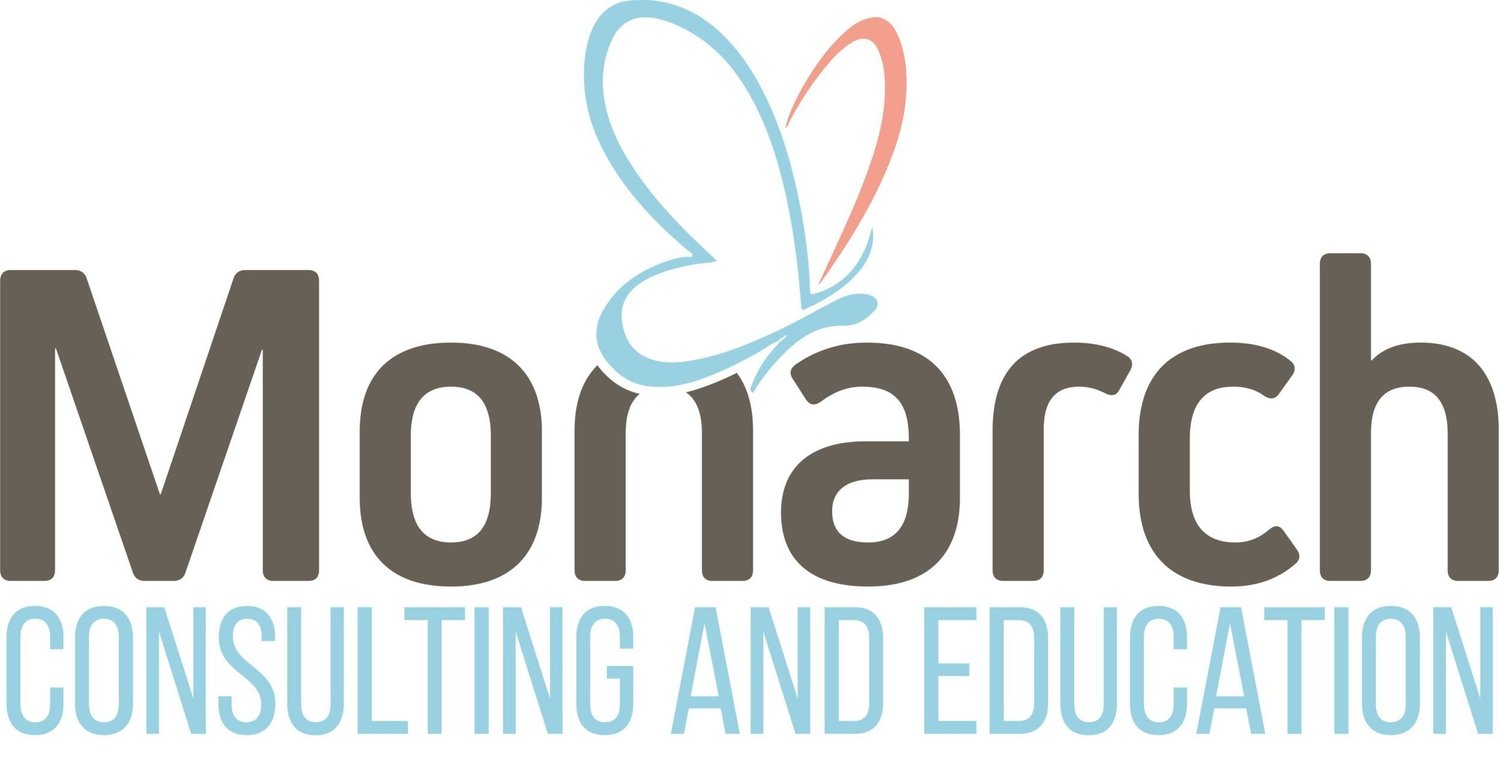“How I got into lymphedema therapy and teaching” – Carmen’s interview for the AMTA national convention in August
What drew you to massage therapy?
I was always massaging friends and family members growing up and it just seemed natural to continue as I grew older. I began “real” massages when I was in physical therapy school. I knew I wanted to go to physical therapy school in seventh grade when I saw other therapists working with patients. I got my degree in physical therapy and then realized some of the paper work, red tape and bureaucracy limitations took up so much of my therapeutic time. Therefore I got my massage therapy license reinstated as I had not pursued it in 1997 when there was availability to be grandfathered in. I finished my massage therapy degree again in 2008 as a means to reach out and be able to treat more lymphedema and lymphatic care patients.
My current work environment
I practice a combination of outpatient physical therapy for lymphedema, private pay massage therapy for lymphedema and lymphatic conditions, and I teach certification courses for massage therapists, physical therapists and occupational therapists through Monarch Continuing Education at monarchce.com. We are very proud of this program and the number of patients we have been able to treat for a highly underserved rare disorder.
What do you enjoy most about your work?
What I enjoy most about my work is the combination of patient care and education. It is so exciting to meet patients who are so thankful for your care as they have been underdiagnosed, misdiagnosed and untreated for a very long time in the field of lymphedema. I also learn and continue to gain from working with professional students who have an interest in the same passion I do. They rekindle my spirit and renew my energy to keep working as hard as I do.
What are some of the challenges you face?
Although the flexibility of schedule with the mix of teaching and patient care is a benefit in some ways, the challenges of being on the road teaching continuing education and being away from my children once a month is the biggest challenge, as well as getting to all the student questions and patient questions that I get on a daily basis and want to give my full attention to, even after hours.
How has the intersection of massage therapy within healthcare environments changed since you started practicing?
Massage therapy has intersected with the healthcare environment more in the last few years as there are a lot less approved insurance visits for lymphedema services in outpatient and inpatient physical therapy, therefore certified massage therapists are crucial to maintain lymphedema coverage since many conditions are chronic and long standing and need to be continued by certified lymphedema therapists that are in the massage field.
How has AMTA impacted your career?
I first became familiar with the AMTA for its liability insurance benefits and the articles in the journal. It was useful when I was learning about massage as a career and learning how the association was involved in everyday practice. The other benefit of the AMTA is, of course, advertising of fantastic continuing education programs and the ability to get that information out to therapists across the country.
What is your takeaway for the session at the national convention?
My takeaway for the session at the national convention will be that manual lymph drainage does not have to be as complex or laborious as previously thought. There are many ways to use manual lymph drainage for acute and chronic conditions, not always just related to post-oncology care. Although the lightest of all the modalities, manual lymph drainage has been found to have the most beneficial effects for concerns of decongestion of tissues (edema) or detoxification (auto-immune disorders or aesthetic detox) in my experience, even more so than deep tissue work.
What is your sentence of advice for new massage therapists?
My sentence of advice to new massage therapists is to take as many continuing education introductory courses as you can to learn more about all the different specialties and then find one that you are passionate about and not only practice it, but educate others about it.
